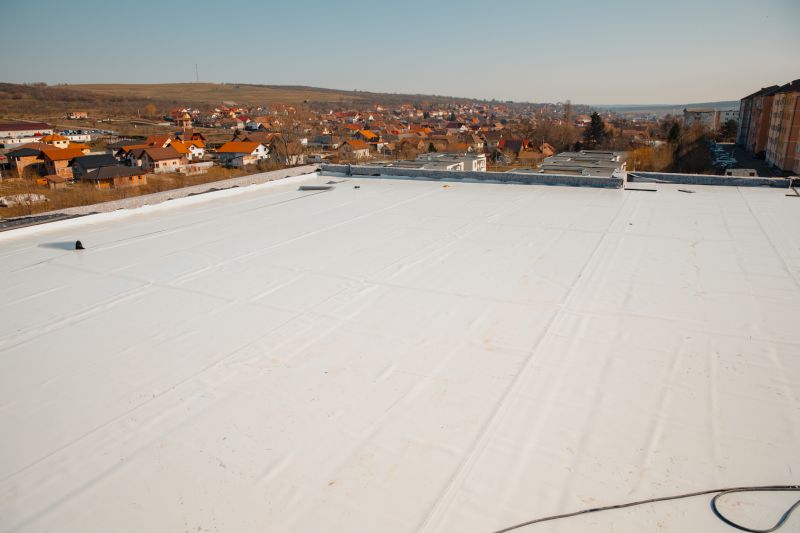Cost of Roofing in Lake Havasu City, AZ
Roofing services in Lake Havasu City, AZ, can vary in cost depending on the scope of the project, the type of materials chosen, and the complexity of the labor involved. It is important to consider these factors when planning your roofing budget to ensure you select the best options for your home or business.
While estimates can provide a general idea of potential expenses, final pricing will depend on specific details such as the size of the roof, material quality, and installation requirements. Consulting with local roofing professionals can help you obtain more accurate quotes tailored to your project's needs.
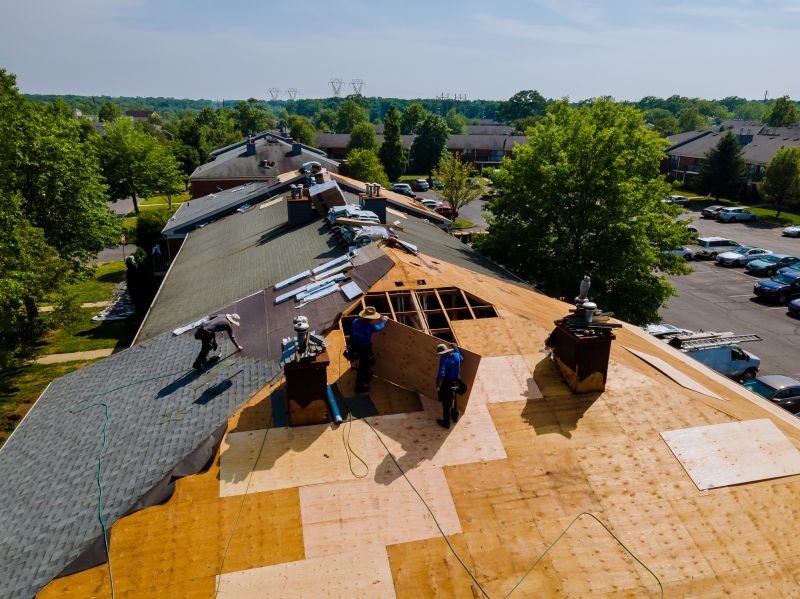
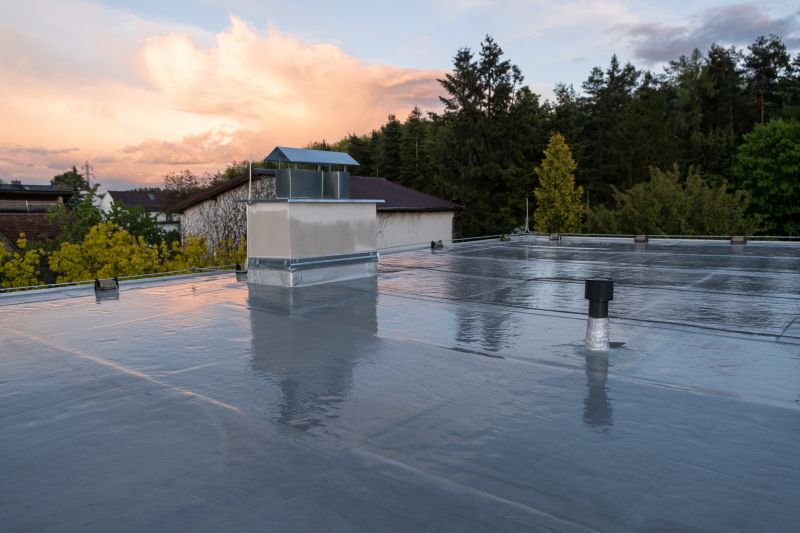
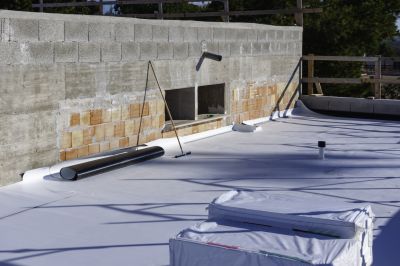
Roofing Price Ranges in Lake Havasu City, AZ
Low Range: $5,000 – $10,000
High Range: $15,000 – $30,000
| Project Type | Typical Range |
|---|---|
| Basic Asphalt Shingle Roof | $5,000 – $8,000 |
| Architectural Shingles | $8,000 – $12,000 |
| Metal Roofing | $12,000 – $20,000 |
| Tile Roofs | $15,000 – $25,000 |
| Roof Replacement | $10,000 – $30,000 |
| Roof Repair | $500 – $3,000 |
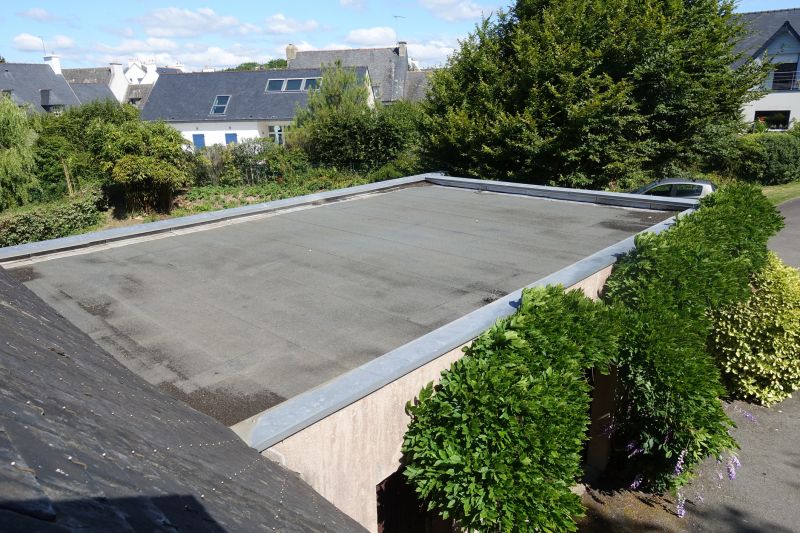
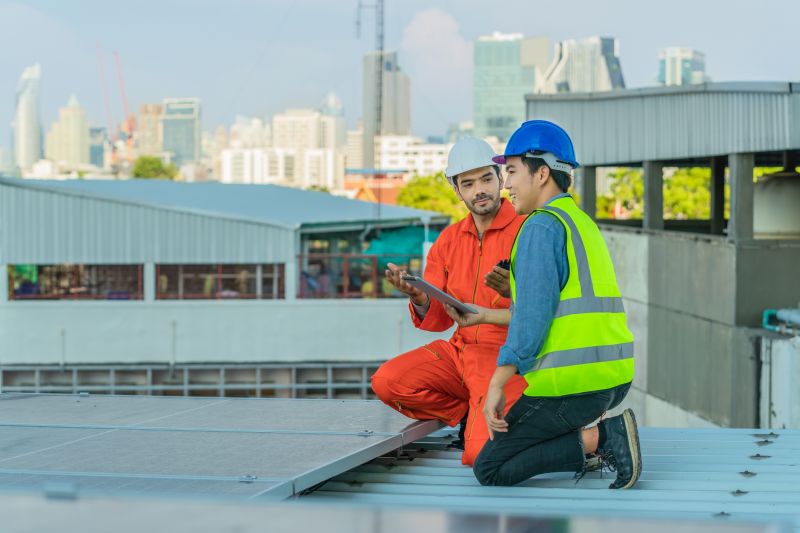
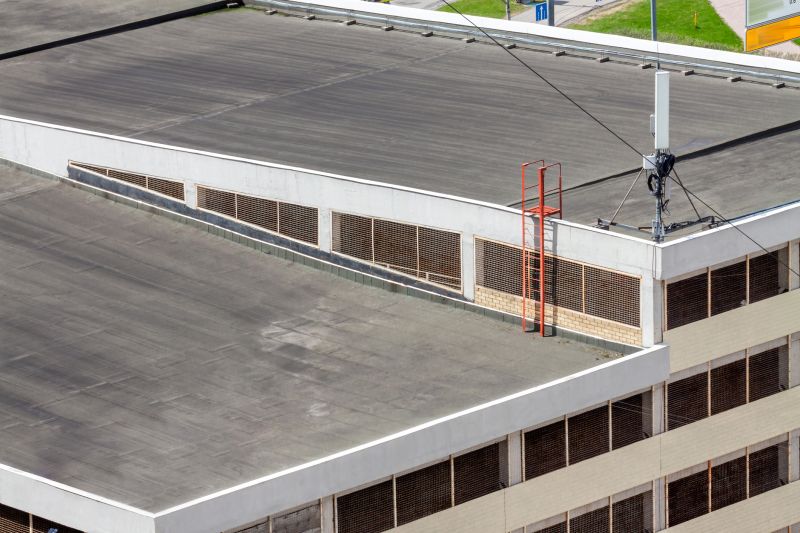
What Affects the Cost
Understanding the factors that influence roofing costs can help you plan and budget effectively for your project in Lake Havasu City, AZ. Here are some key considerations:
- Materials: The choice of roofing materials impacts overall expenses, from asphalt shingles to premium options.
- Size and Scope: Larger roofs or complex designs increase material and labor requirements.
- Labor Complexity: Difficult access or intricate roof features can affect installation time and costs.
- Permitting: Local permits and inspections may add to the project's overall expenses.
- Extras: Additional features like skylights, ventilation, or insulation upgrades can influence the total cost.
| Scope/Size | Typical Range |
|---|---|
| Small residential (up to 1,000 sq ft) | $5,000 – $10,000 |
| Medium residential (1,000 – 2,500 sq ft) | $10,000 – $20,000 |
| Large residential (2,500 – 4,000 sq ft) | $20,000 – $30,000 |
| Commercial (over 4,000 sq ft) | $30,000 – $100,000+ |
Note: Actual costs may vary depending on materials, complexity, and regional factors.

